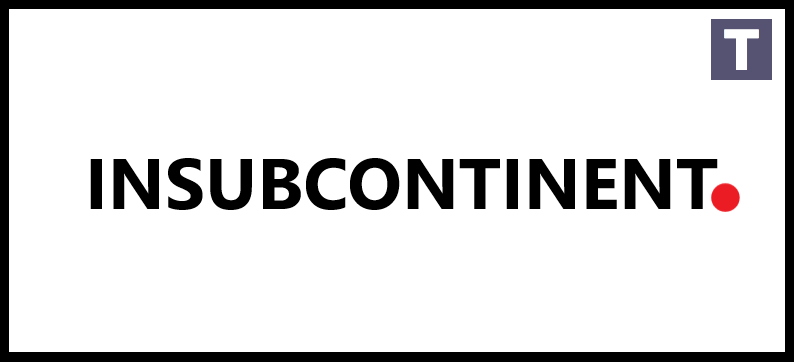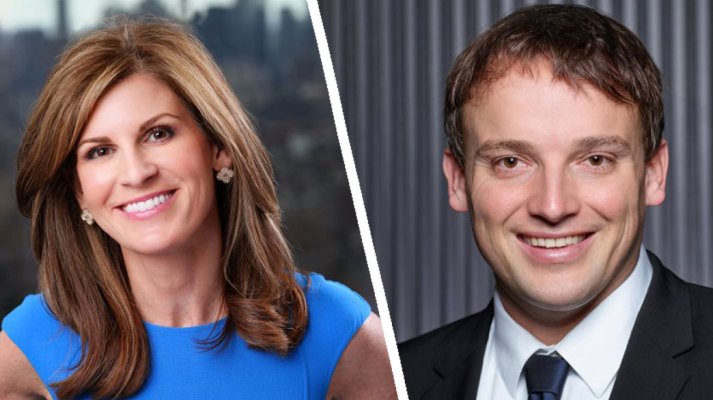Amid the COVID-19 pandemic, the tech industry has yet again found itself in a vulnerable state.
As we saw in the dot-com era, when the economy takes a hit, so do companies, and they need to make critical decisions — whether itlaying off or furloughing employees, pausing operations in select markets, taking on additional debt or some combination of all four.
Given the disproportionate impact the coronavirus has on people of color and low-income communities, the tech industry — a predominantly white male ecosystem that struggles to foster diversity and inclusion — has an opportunity to approach this new reality through an equitable lens.

Kapor CapitalFreada Kapor Klein and Mitch Kapor
As part of Extra Crunch Live, our new virtual speaker series with trusted tech experts, I&ll talk to Kapor Capital Freada Kapor Klein and Mitch Kapor on Tuesday, April 28 at 10 a.m. Pacific/1 p.m. Eastern. Full details are at the bottom of this post.
Freada Kapor Klein, a founding partner at Kapor Capital, has advocated for diversity and inclusion in the tech industry for more than a decade. Through Kapor Capital, she invests in startups focused on social impact and closing gaps for people of color, as well as folks in low-income communities. Kapor Klein is also a founding member of Project Include, which works to help founders and investors implement effective diversity and inclusion strategies.
Mitch Kapor, also a founding partner at Kapor Capital, similarly invests in startups geared toward social good. Prior to Kapor Capital, he co-founded The Electronic Frontier Foundation, a nonprofit that protects digital rights and civil liberties. Together, Mitch and Freada also lead the Kapor Center for Social Impact to remove barriers in education and in the workplace.
I&m looking forward to chatting with Freada and Mitch about how startups should approach this ever-changing new reality, strategies for helping companies eliminate inequities and the differences and similarities between how the recent pandemic and the dot-com era are shaping the tech industry.
During the call, audience members will be able to ask questions, but to join the conversation, you&ll need to be an Extra Crunch member — if you&re not already a subscriber, you can sign up here.
- Details
- Category: Technology Today
Read more: Bonus Crunch Live: Navigating the pandemic with a fair lens
Write comment (97 Comments)
There are few more messages more timely than the opening line, &Dance your cares away, worryfor another day& (or is it &worries?&). Today the familiar Fraggle Rock bass line returns, along with the titular felt underground dwellers, as the first of a new series of mini-episodes hits Apple TV+.
Applestreaming service will post free short episodes of Fraggle Rock: Rock On! each Tuesday, starring a familiar parade of Muppets, including Gobo, Red, Boober, Mokey, Wembley, Uncle Traveling Matt and those poor, hardworking Doozers.
Arguably even more interesting than the show itself is the circumstances of its production. As the global COVID-19 pandemic has brought television production to a screeching halt, the showproducers have taken to creating the show remotely. & In accordance with the Covid-19 ‘Safer at Home& guidelines,& Apple writes in a release, &Fraggle Rock: Rock On! is all shot on iPhone 11 phones from the homes of the production team and individual artists from all over the U.S.&
If nothing else, the current pandemic has proven how creative people can be with an internet account and a lot of free time. Italready has already reshaped how we view musical and comedy performances as a long parade of creatives have opened their homes to the internet. A new Fraggle Rock series demonstrates what can be done when you add a bit of production values into the mix.
The series joins a number of familiar childhood properties being revamped for the platform, including Peanuts (Snoopy in Space) and Ghostwriter.
- Details
- Category: Technology Today
Read more: Apple's brand-new Fraggle Rock series was fired on iPhones in its makers' houses
Write comment (97 Comments)

